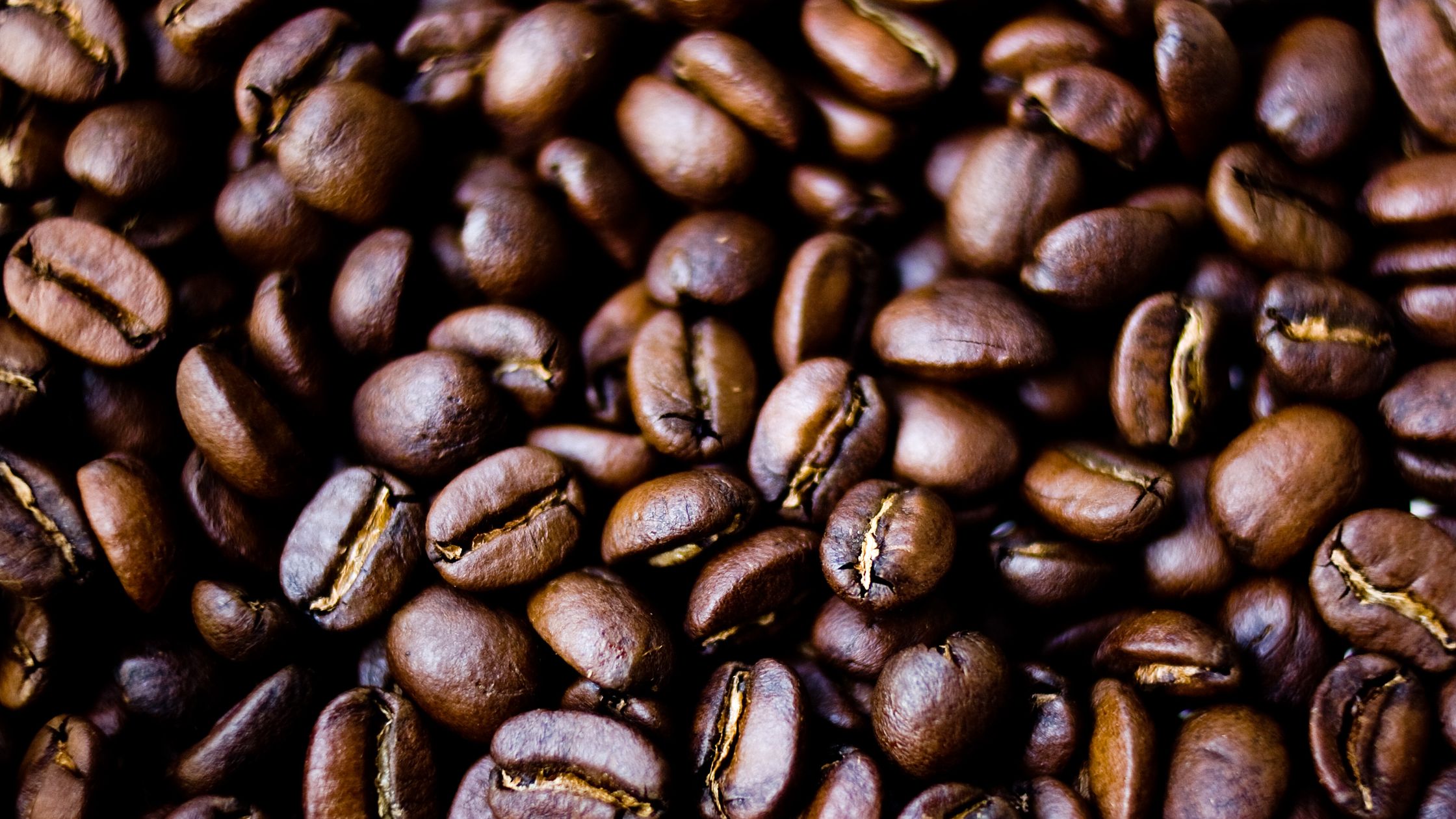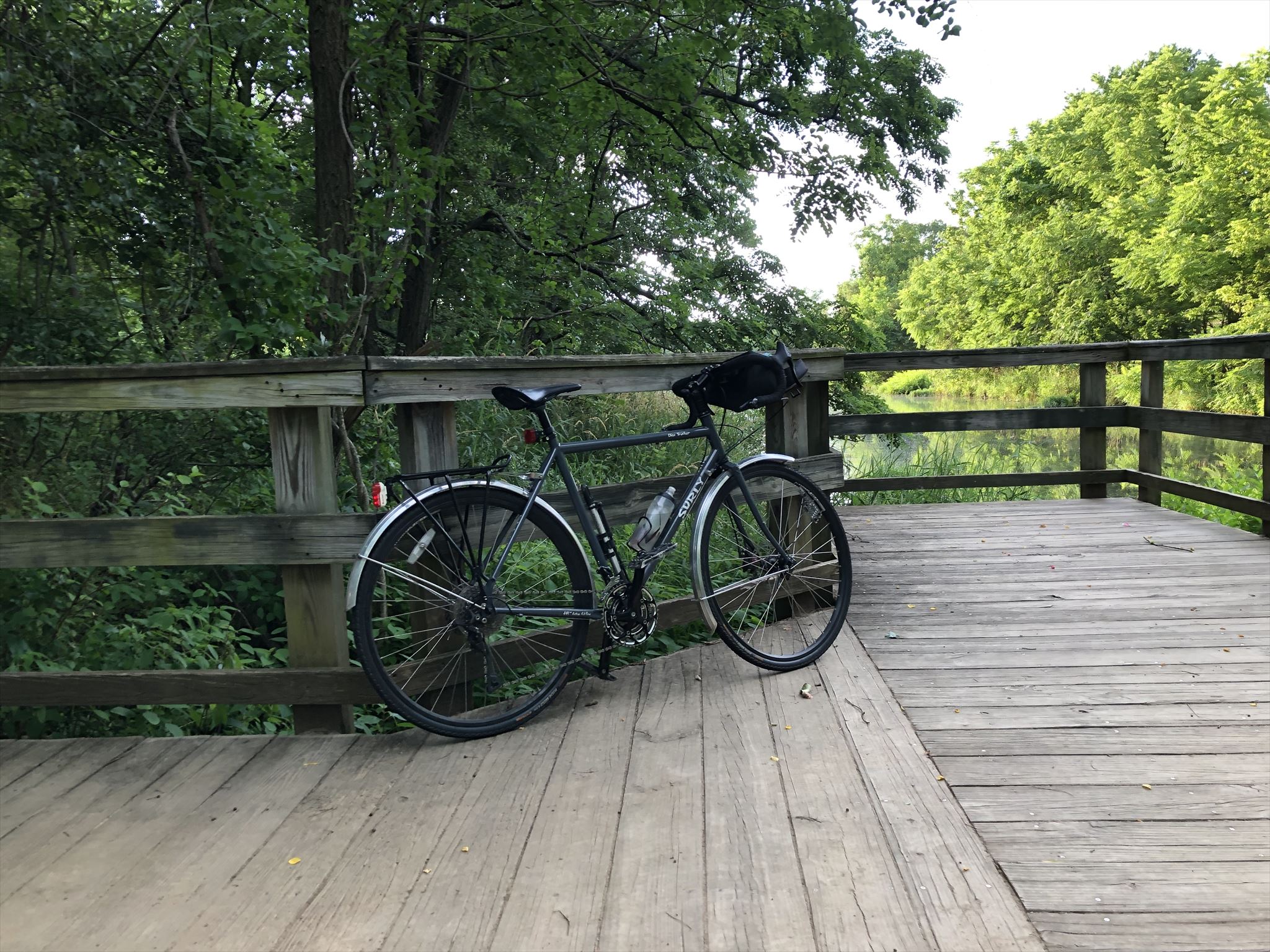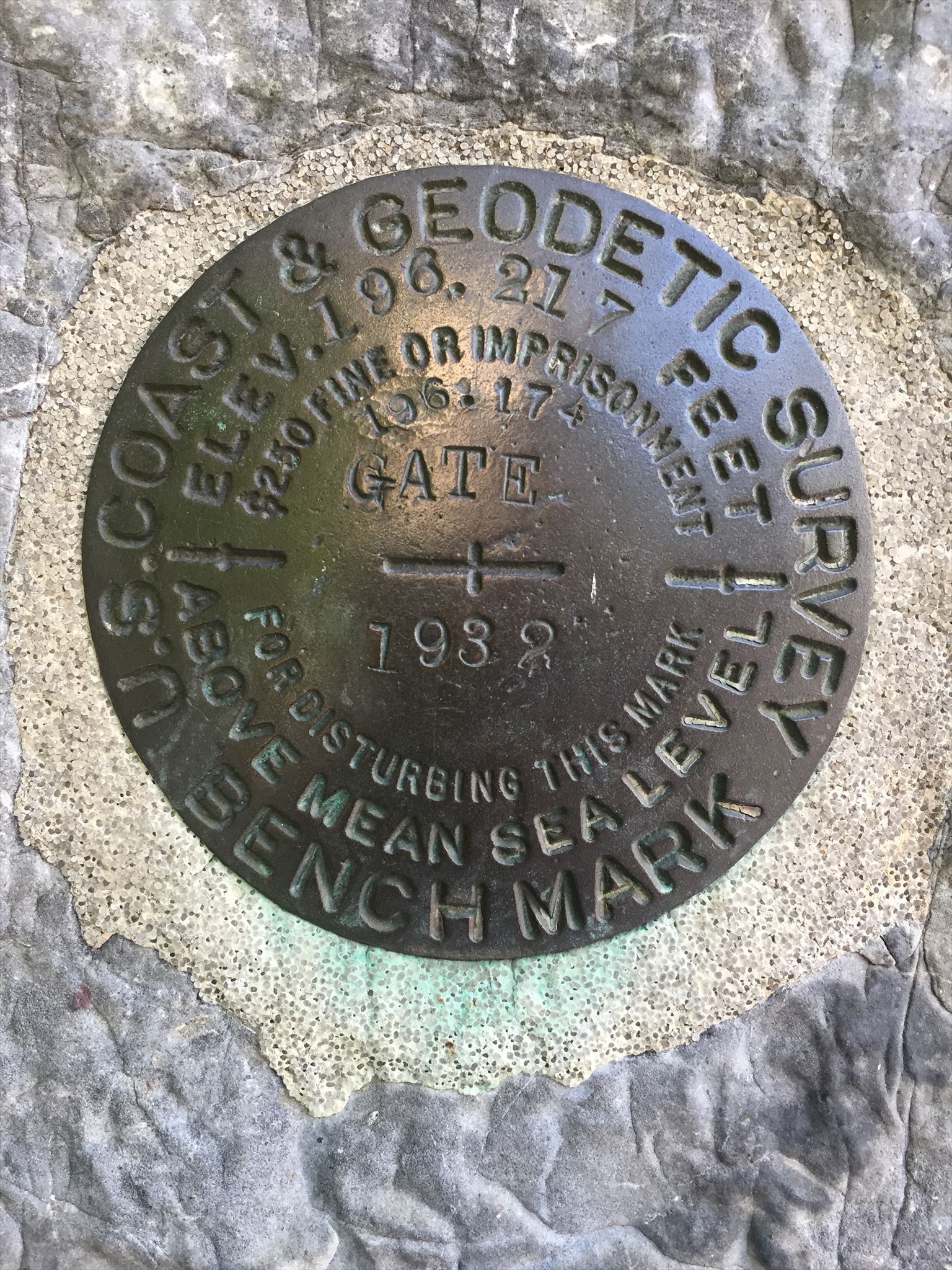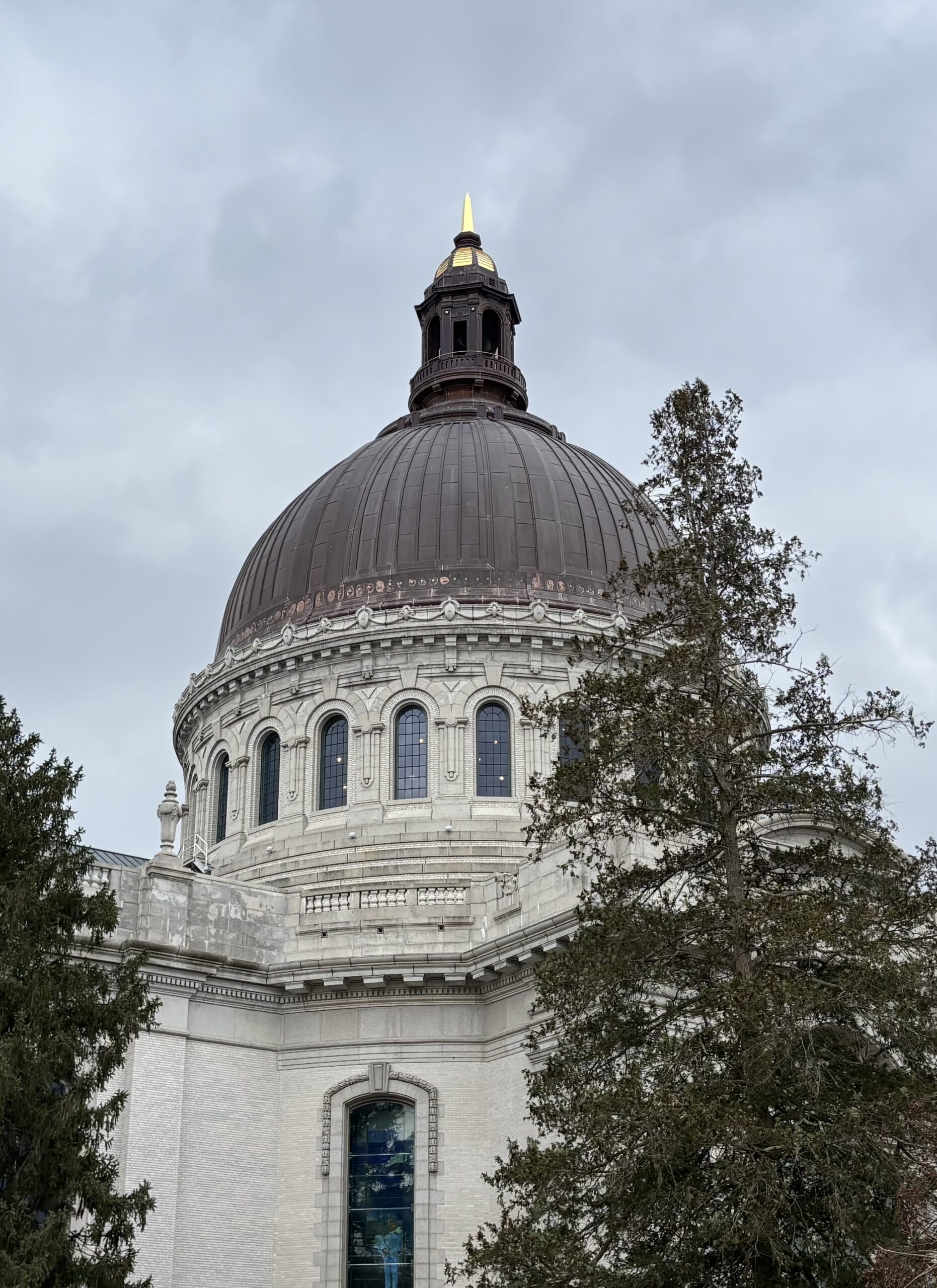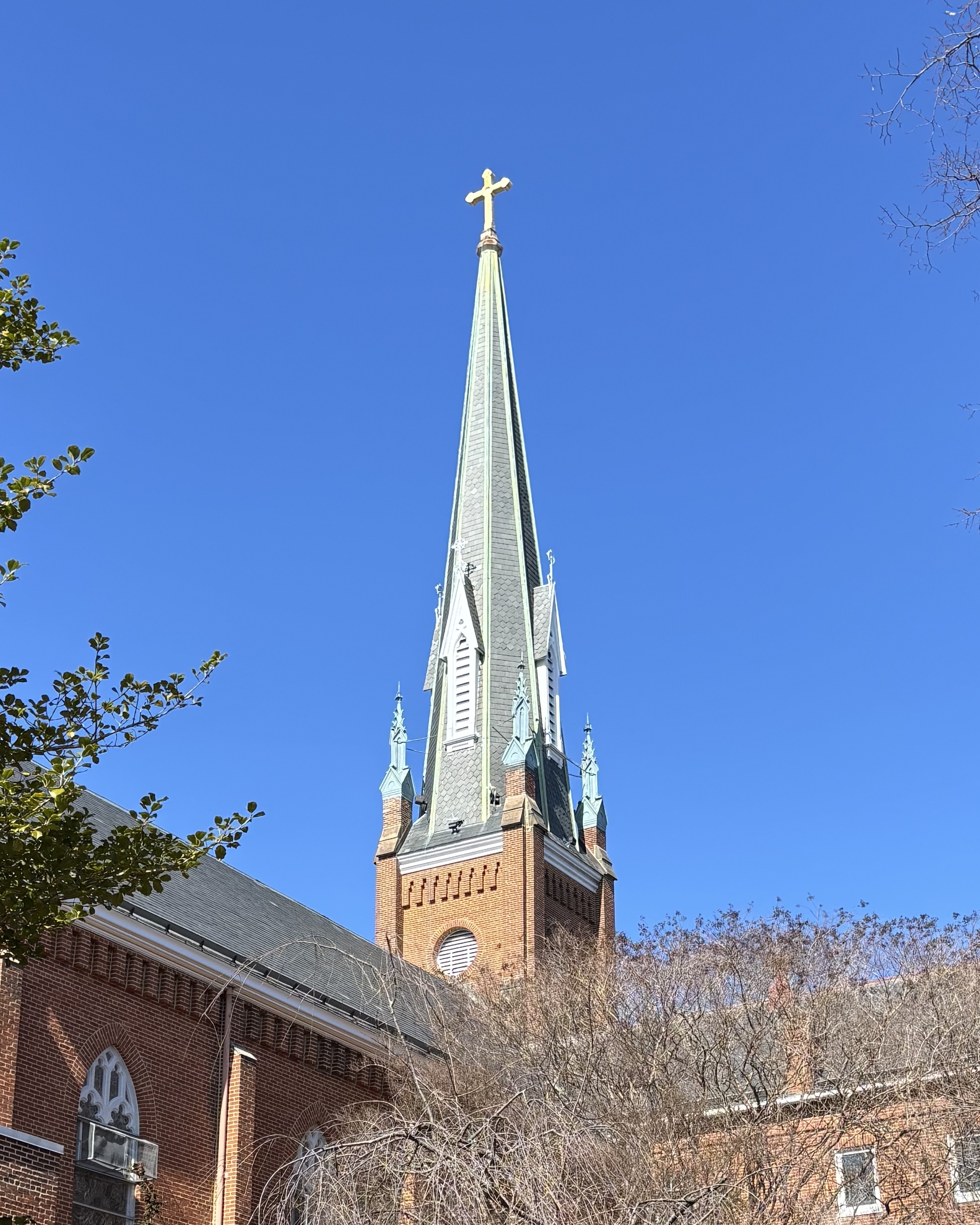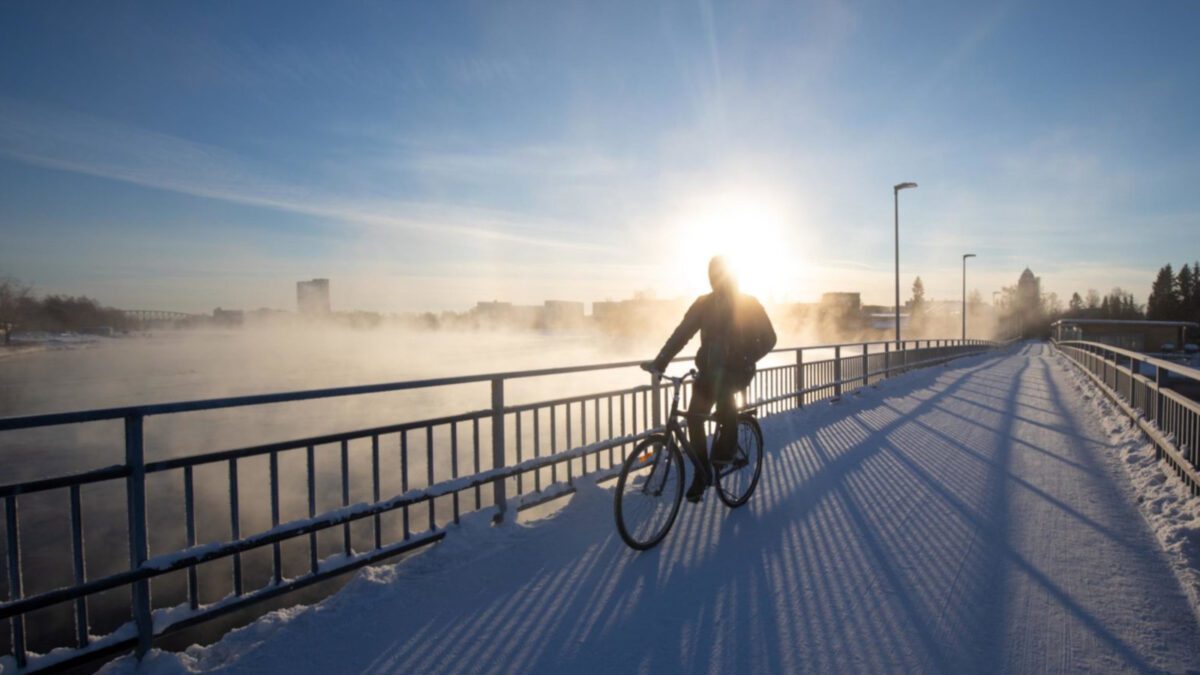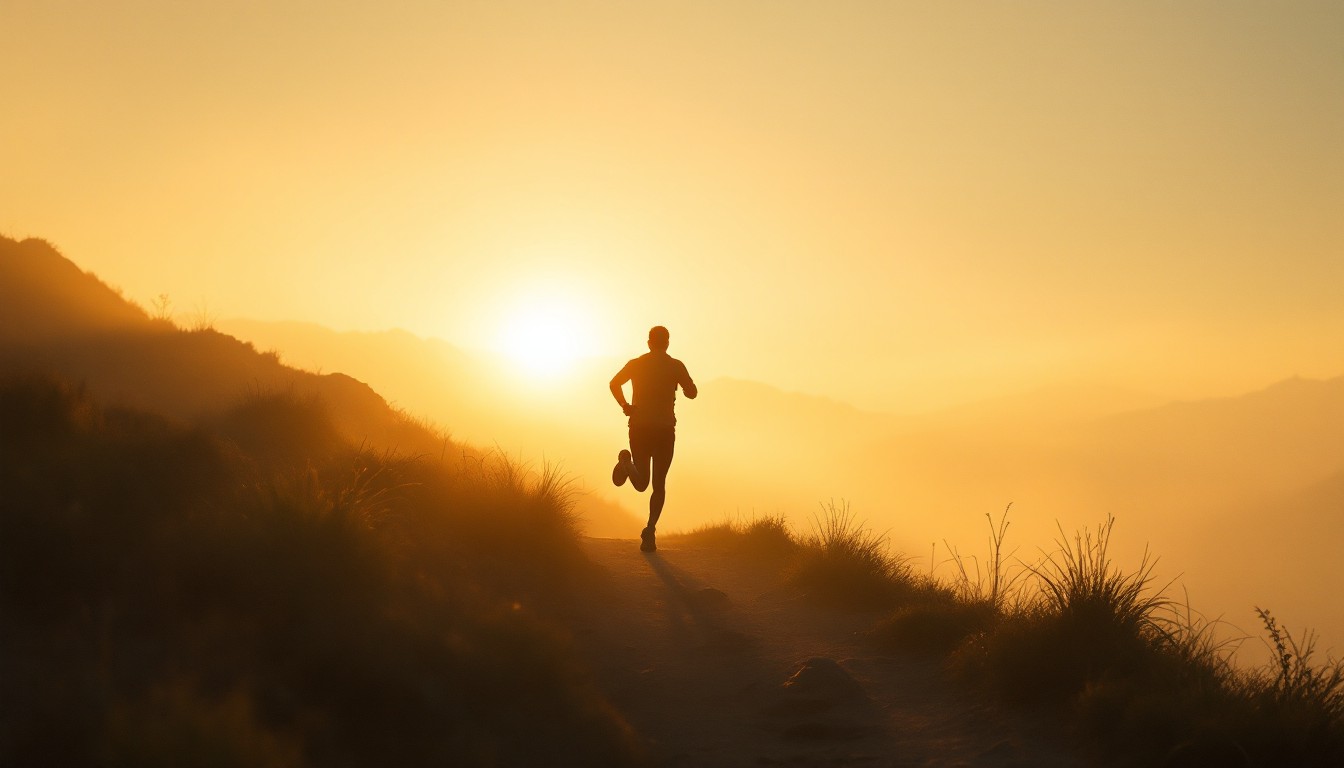It has been a very slow winter for biking. Sub-optimal trail conditions kept me off the MTB for most of January and February. I tried to ride last week after about 48 hours of above-freezing temperatures, but the trails were still extremely muddy from the freeze-thaw cycle — about the worst I had ever seen them, actually. That ride ended up being more of a hike-a-bike, as I tried to sidestep the muddy sections to avoid creating ruts. After slogging through PVSP Avalon on the Howard County side, I bailed out and rode the rest of the way to work on pavement. This morning, however, was a different story. We are in the midst of an early-March cold snap, and the past two nights have bottomed out in the low to mid 20s. The trails were nicely frozen, and I had a very nice 10.5-mile ride. There were lots of areas of frozen mud, with deep ruts from people who had ridden/hiked the trails while they were muddy, and it was easy to see the problem areas based on where the sun was starting to hit them. The window stayed open for my entire commute to work, though. I’ll have to ride home on pavement, which is not much fun on a full-suspension mountain bike, but I’m willing to pay that price for a nice morning trail ride.
I’ve been commuting to work about once a week, mainly on roads, and mainly with my old 1993 Specialized Rockhopper, which has seen (relatively speaking) a lot of use this winter. My Surly has been out of commission for a month or so with a flat rear tire, because I didn’t have the right size tubes for it, nor did I have any patches. I’ve got tubes now, but I decided it was time to replace the tires as well, so those are on order. I’m probably going to order a sheet of 40 or 50 patches online somewhere, which seems like it should be more cost-effective than ordering those small patch kits. I don’t think I’ve ever patched a tire on the road (I typically either carry a spare tube or call for a ride), but even if I decided to start, I could just use the bulk patches to refill one of my patch kits.
I ordered a bunch of new bike-specific water bottles last month. The Camelbak Podiums I had been were pushing 15 years old, and getting really beat-up and grungy. I went with Bivo water bottles, and ordered 4 of them in a mix of large, small, insulated, non-insulated, silicone-coated, and bare metal finish. I’m hoping that the insulated bottles, as well as keeping water cool in the summer, will keep it from freezing when it’s in the teens and low 20s. I do really like how the valve works with them. I found out rather quickly that the bare metal bottles do not work well with metal water bottle cages, though. I’m likely going to end up replacing some of my metal cages with plastic. The bottles do fit nicely in my waist-belt water bottle holder (one of my better impulse purchases) as well as the side pocket of my Osprey Manta, which I often use for MTB commuting in the winter. Overall, I like the bottles, and I’m hoping they’ll work out well.
